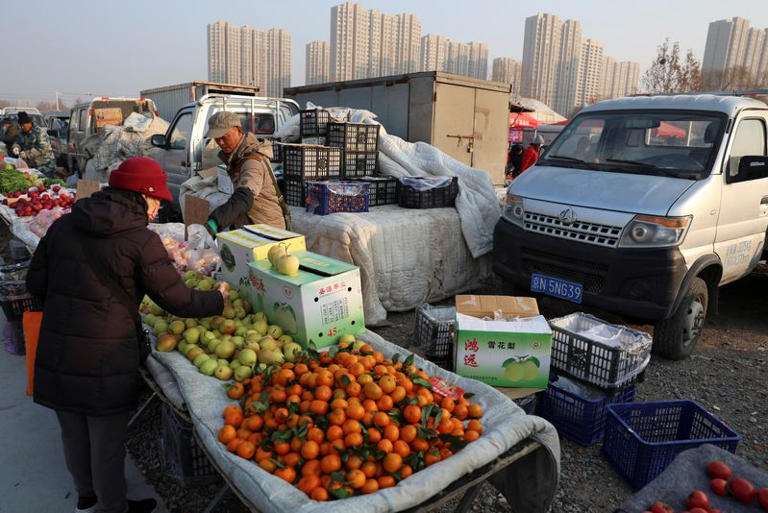The recent economic data from China’s National Bureau of Statistics provides a comprehensive glimpse into the dynamics shaping the country’s economic trajectory. Amidst a backdrop of evolving global economic conditions and domestic challenges, China’s policymakers are navigating a complex landscape to sustain growth and stability.
In April, China’s consumer prices experienced a notable uptick, marking the third consecutive month of increase. This trend signals a potential resurgence in domestic demand, a crucial driver of economic activity. Notably, core inflation, which excludes volatile food and fuel prices, also showed signs of improvement, suggesting a broad-based recovery across various sectors, particularly in services. Additionally, the month-on-month rise in the overall consumer price index (CPI) defied earlier projections of a decline, underscoring the resilience of the economy in the face of headwinds.
However, despite these positive indicators, underlying challenges persist. Official surveys reveal a cooling trend in both manufacturing and services, reflecting broader structural issues within the economy. Furthermore, the housing market continues to grapple with significant challenges, posing risks to overall economic stability. Additionally, concerns have been raised regarding price hikes by utility companies and fiscal strains faced by local governments, which could potentially dampen consumer sentiment and hinder the pace of recovery.
Against this backdrop, policymakers are employing a mix of monetary and fiscal measures to bolster economic resilience. The State Council’s directive to local governments to curtail state-funded infrastructure projects aims to address mounting municipal debt, which poses a significant risk to economic stability. Furthermore, the central bank’s commitment to flexible and targeted monetary policies underscores efforts to support a moderate recovery in consumer prices and stimulate growth.
However, achieving China’s economic growth target, set at approximately 5% for 2024, remains a formidable task. Policymakers face the challenge of balancing short-term stimulus measures with long-term structural reforms to address underlying imbalances and ensure sustainable growth. This includes managing the delicate interplay between domestic demand and external factors such as trade dynamics and geopolitical tensions.
Overall, while the recent uptick in consumer prices and policy initiatives signal positive momentum, uncertainties loom large. Beijing’s policymakers must navigate these challenges adeptly to foster a stable and sustainable growth trajectory, ensuring that China remains a key driver of global economic prosperity.
